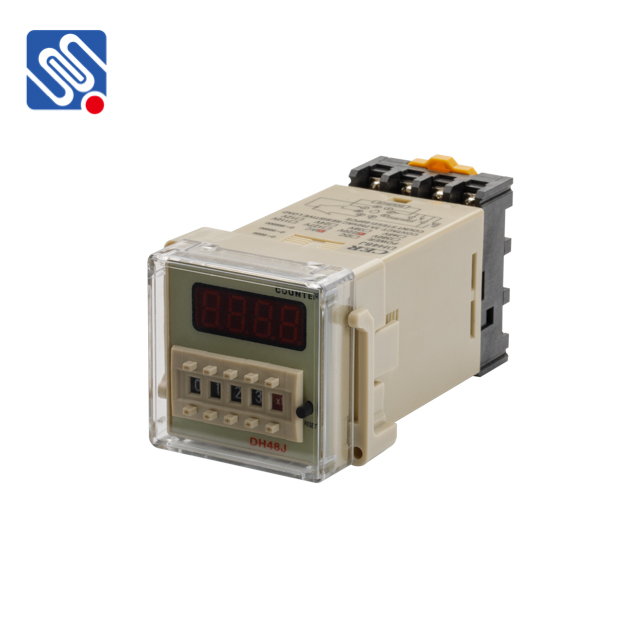Relays are essential components in electrical circuits, allowing for the control of high-voltage systems using low-voltage signals. One of the most important factors when working with relays is understanding relay voltage, which refers to the voltage required to activate or control the relay. In this article, we will explore the concept of relay voltage, how it impacts relay operation, and why selecting the correct relay voltage is crucial for both safety and performance in various applications.

What is Relay Voltage? Relay voltage refers to the electrical voltage applied to the coil of a relay in order to activate it. The relay consists of two primary parts: the coil and the contacts. The coil is the electromagnet that generates a magnetic field when current flows through it. This magnetic field then moves the armature, causing the relay’s contacts to open or close, thereby controlling the flow of current in a connected circuit. The voltage required to activate this coil is called the relay voltage. Typically, relay voltages are available in a variety of standard ratings, such as 5V, 12V, 24V, 48V, 110V, and 220V. The voltage rating corresponds to the voltage required to energize the relay’s coil and initiate the switching action. It’s crucial to match the voltage rating of the relay with the power supply available in your system to ensure reliable operation.